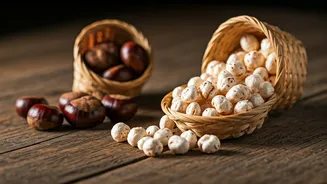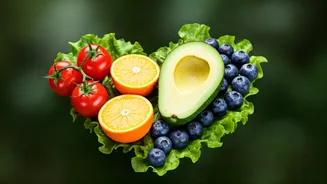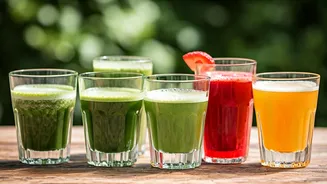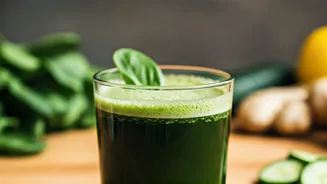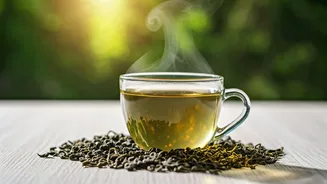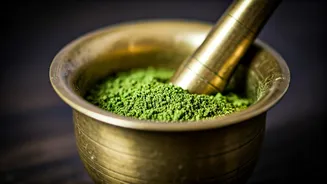Ancient Tradition, Modern Benefit
Betel leaves have been used for centuries across India and Southeast Asia, not just as a breath freshener but also for medicinal purposes. The practice
of chewing betel leaves with areca nut, lime, and other ingredients is deeply rooted in cultural customs. Today, modern science is starting to catch up, revealing the chemical compounds in betel leaves that contribute to their health-promoting properties. These compounds include phenols, tannins, and various alkaloids. These components are responsible for the therapeutic benefits of this traditional preparation. The unique blend of ingredients in a paan can influence its effects, making it an interesting subject for health and wellness studies. These leaves were first used thousands of years ago in these countries, which shows how old their cultural use is, and the benefits continue today.
Blood Sugar's Ally
One of the noteworthy benefits of betel leaves is their potential to help manage blood sugar levels. Studies suggest that certain compounds in betel leaves may improve insulin sensitivity, aiding in glucose metabolism. This could be particularly advantageous for individuals with diabetes or those at risk of developing it. The specific mechanisms through which betel leaves impact blood sugar are complex and involve multiple pathways. Regular consumption, as part of a balanced diet, could be a supportive strategy for blood sugar management. These leaves could act as a supplementary aid for those aiming to control their blood sugar levels, potentially reducing the reliance on medication. The antioxidant properties of these leaves may also play a role in reducing oxidative stress, which is often associated with diabetes.
Oral Health Champion
Betel leaves are also well-regarded for their positive impact on oral health. The act of chewing betel leaves stimulates saliva production, which naturally cleanses the mouth by removing food particles and neutralizing acids. The antibacterial properties of betel leaves can help to fight against bacteria that cause dental cavities and gum disease. The leaves also have mild antiseptic qualities, which help in maintaining oral hygiene. Traditional practices often use betel leaf preparations to alleviate bad breath and promote fresher breath. By supporting saliva production and fighting oral bacteria, betel leaves contribute significantly to overall dental well-being. This natural approach to oral care emphasizes the leaves' role in preventing common dental issues.
Liver Protection Provided
The liver is a vital organ responsible for detoxifying the body and metabolizing nutrients. Betel leaves can assist in protecting and supporting liver function. Research indicates that betel leaves have antioxidant and hepatoprotective properties. These qualities help shield the liver from damage caused by toxins. These leaves may also help in reducing inflammation, which is essential for preserving the liver's overall health. Including betel leaves in your diet may contribute to enhanced liver function. The compounds found in betel leaves support the liver's ability to detoxify the body effectively. The liver is very important for many functions in your body, and these leaves could help keep it healthy.
Beyond Benefits: Usage Tips
Betel leaves are most commonly consumed by chewing them, often with other ingredients like areca nut, lime paste, and spices. However, the exact composition of a paan varies greatly depending on the region and personal preference. To experience the health benefits, choose fresh, high-quality betel leaves. Incorporating betel leaves can be simple, but it is important to be mindful of the ingredients you combine them with. Consulting a healthcare professional is always advisable before adding any new supplement to your routine. This will help ensure that it aligns with your health objectives and any existing medical conditions you may have. The traditional use of these leaves can be adapted to modern dietary practices, but moderation and informed choices remain important.



